牛津《Oxford Mathematics for PYP》是一套专为国际文凭小学项目(IB PYP)设计的探究式数学教材,旨在帮助3至12岁的学生通过探究学习掌握数学知识和技能。
面向 IB 小学项目的探究式数学资源
这些探究式资源全面支持小学项目教学法,全面涵盖小学项目数学的范围和顺序。
涵盖数字、模式与函数、测量、形状与空间以及数据处理五个方面,运用小学项目建构、迁移和应用意义的方法论。
通过学生用书,学生可以通过探究式活动构建数学知识和技能,并探索小学项目的跨学科主题,这些活动植根于相关的现实生活情境。
通过练习册和精通用书,巩固数学知识和技能,帮助学习者增强自信心和独立性。
通过教师用书,学生可以获得额外的教学支持,包括规划建议、评估、练习题和答案。
以下是详细介绍:
主要特点
- 全面覆盖数学范围:
- 涵盖五大数学领域:数字、模式与函数、测量、形状与空间以及数据处理。
- 使用PYP方法论,通过建构、迁移和应用意义来学习数学。
- 探究式学习:
- 学生用书中的活动以现实生活为背景,鼓励学生通过探究式活动构建数学知识。
- 跨学科主题的结合使学生能够将数学知识应用于其他学科。
- 巩固与提升:
- 通过练习册和精通用书巩固数学知识和技能,帮助学生增强自信心和独立性。
- 教师支持:
- 教师用书提供额外的教学支持,包括规划建议、评估、练习题和答案。
适用范围
这套教材适合国际学校和IB课程体系的学生使用,尤其适合那些希望通过探究式学习培养数学思维的学生。
牛津小学项目数学系列教材并非直接与欧洲语言共同参考框架 (CEFR) 水平挂钩,因为它主要针对国际文凭小学项目 (IB PYP) 设计的数学课程。其重点是培养 3 至 12 岁学生的数学理解能力和探究式学习能力。
然而,由于该课程以英语授课,它间接地促进了语言发展。对于以英语为第二语言学习数学的学生,教材中的语言复杂程度可能与以下 CEFR 水平相对应:
幼儿园:CEFR Pre-A1 – 基础词汇和简单指令。
小学低年级(1-3 年级):CEFR A1-A2 – 简单句子和基本数学术语。
小学高年级(4-6 年级):CEFR A2-B1 – 更复杂的指令、问题解决任务和数学推理。
本系列教材将数学概念与语言技能相结合,使其成为学科学习和语言练习的绝佳资源。
Oxford Mathematics for PYP
Inquiry-based mathematics resources for the IB Primary Years Programme
Fully supporting the PYP approach, these inquiry-based resources provide comprehensive coverage of the PYP Mathematics Scope and Sequence.
Cover the five strands of Number, Pattern and Function, Measurement, Shape and Space, and Data Handling using the PYP methodology of constructing, transferring and applying meaning.
Build mathematical knowledge and skills and explore the PYP transdisciplinary themes via the Students Books’ inquiry-based activities, rooted in relevant, real-life contexts.
Consolidate mathematical knowledge and skills through Practice and Mastery Books, helping learners grow confidence and independence.
Draw on additional teaching support including planning suggestions, assessments, worksheets and answers, via the Teacher Books.
The Oxford Mathematics for PYP series is not directly aligned with CEFR (Common European Framework of Reference for Languages) levels, as it is primarily a mathematics curriculum designed for the IB Primary Years Programme (PYP). Its focus is on developing mathematical understanding and inquiry-based learning for students aged 3 to 12 years.
However, since the program is taught in English, it indirectly supports language development. For students learning mathematics in English as a second language, the language complexity in the materials could correspond to the following CEFR levels:
Early Years (Kindergarten): CEFR Pre-A1 – Basic vocabulary and simple instructions.
Lower Primary (Grades 1–3): CEFR A1-A2 – Simple sentences and basic mathematical terms.
Upper Primary (Grades 4–6): CEFR A2-B1 – More complex instructions, problem-solving tasks, and mathematical reasoning.
This series integrates mathematical concepts with language skills, making it a great resource for both subject learning and language practice.

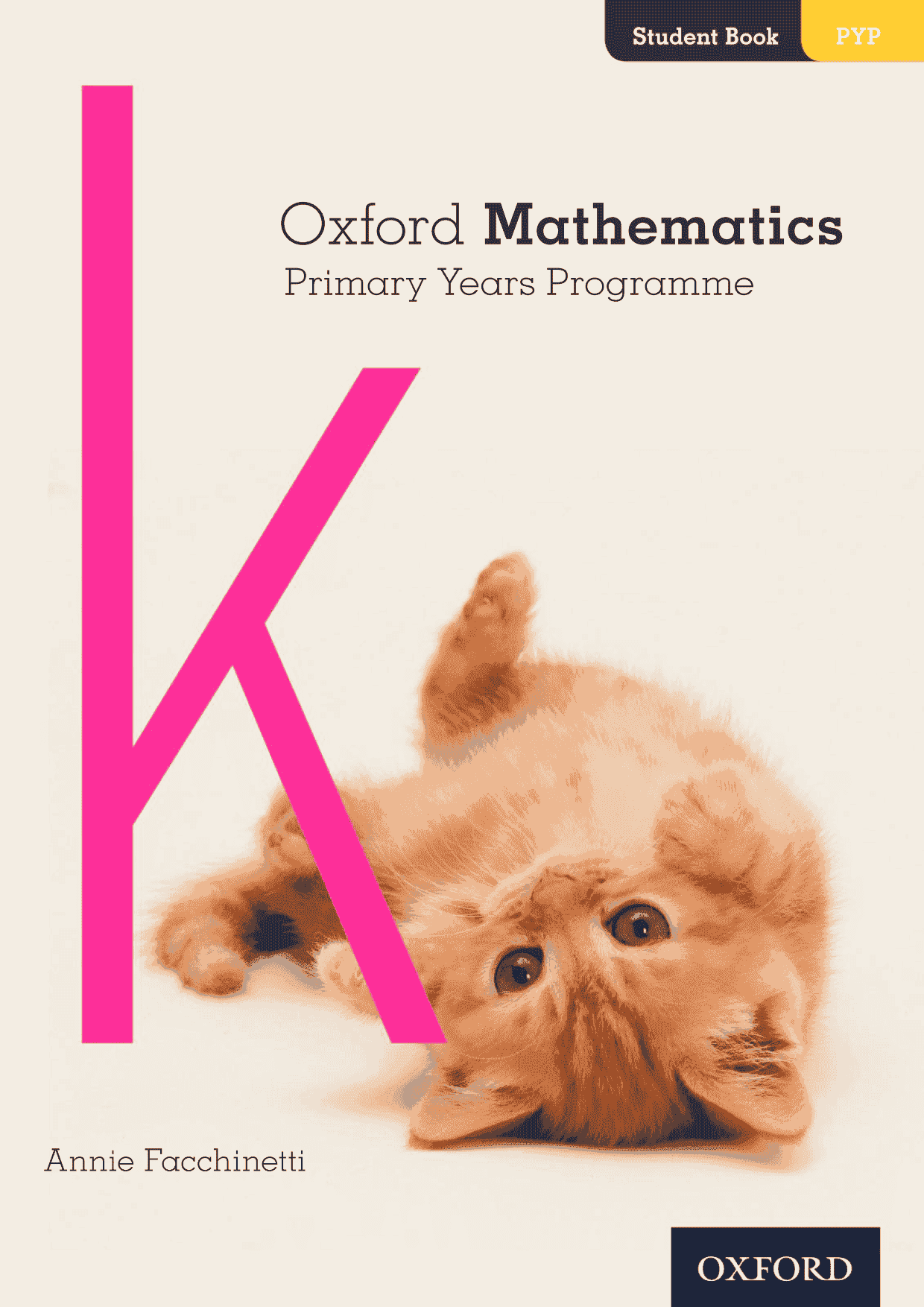
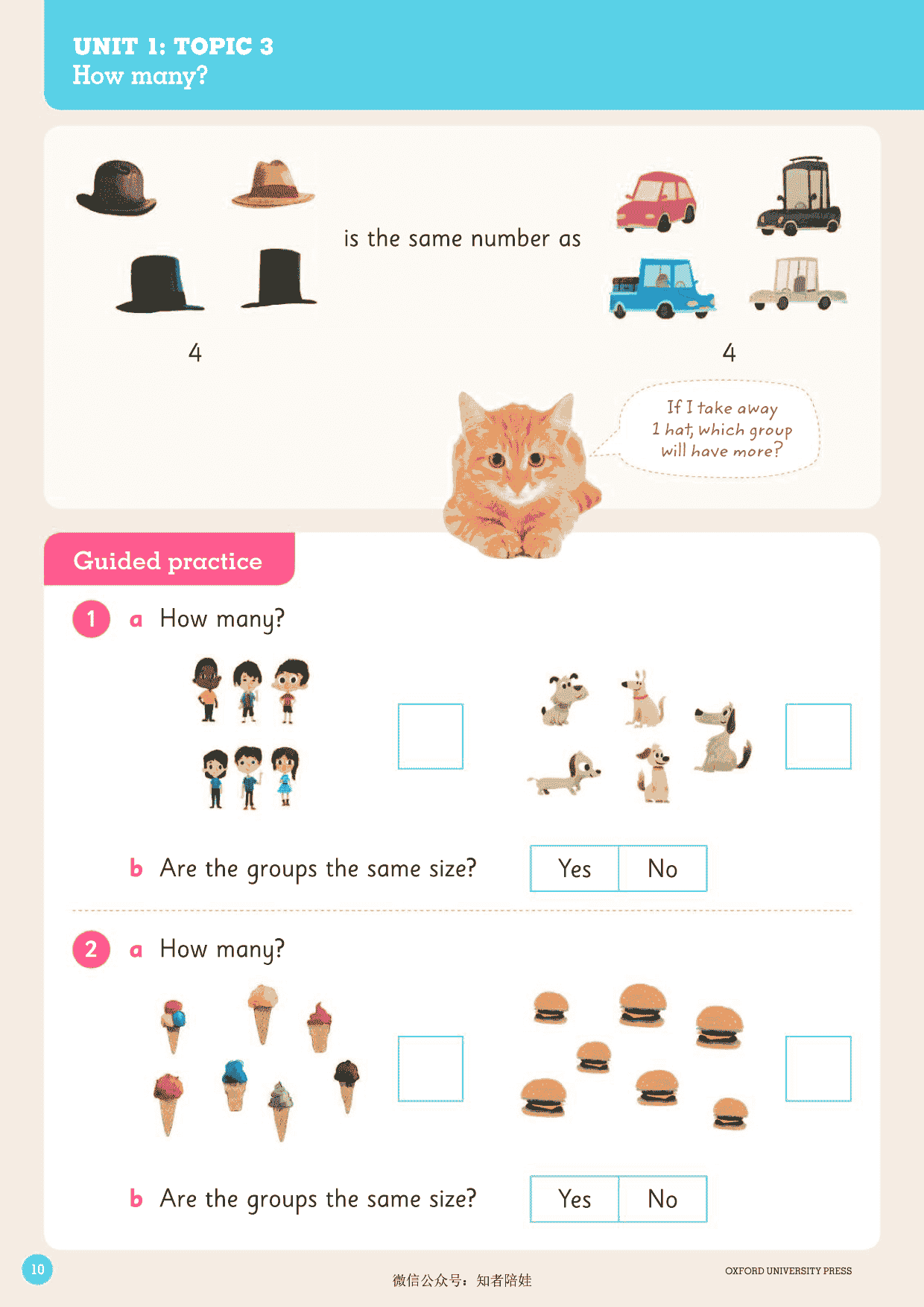
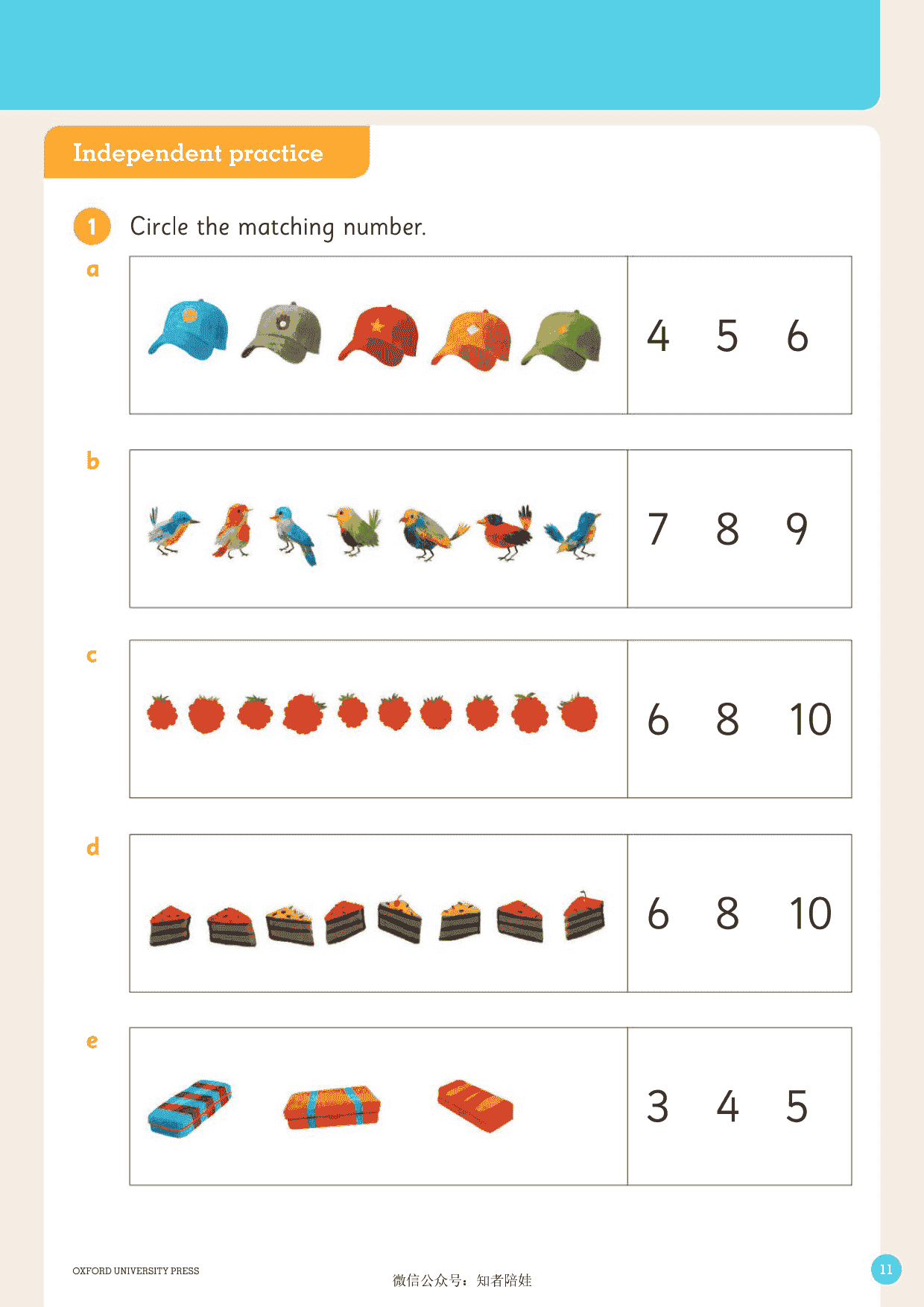
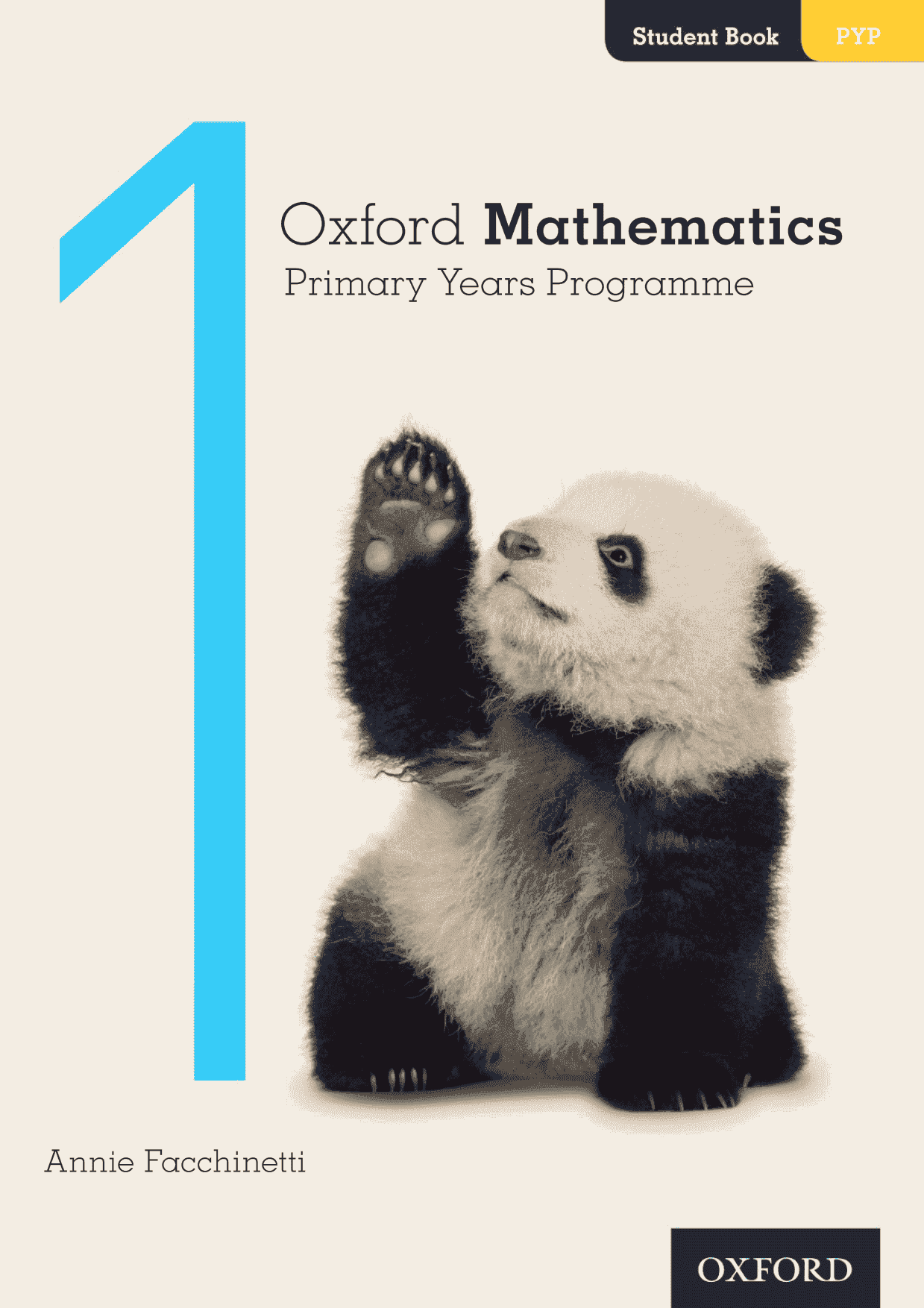
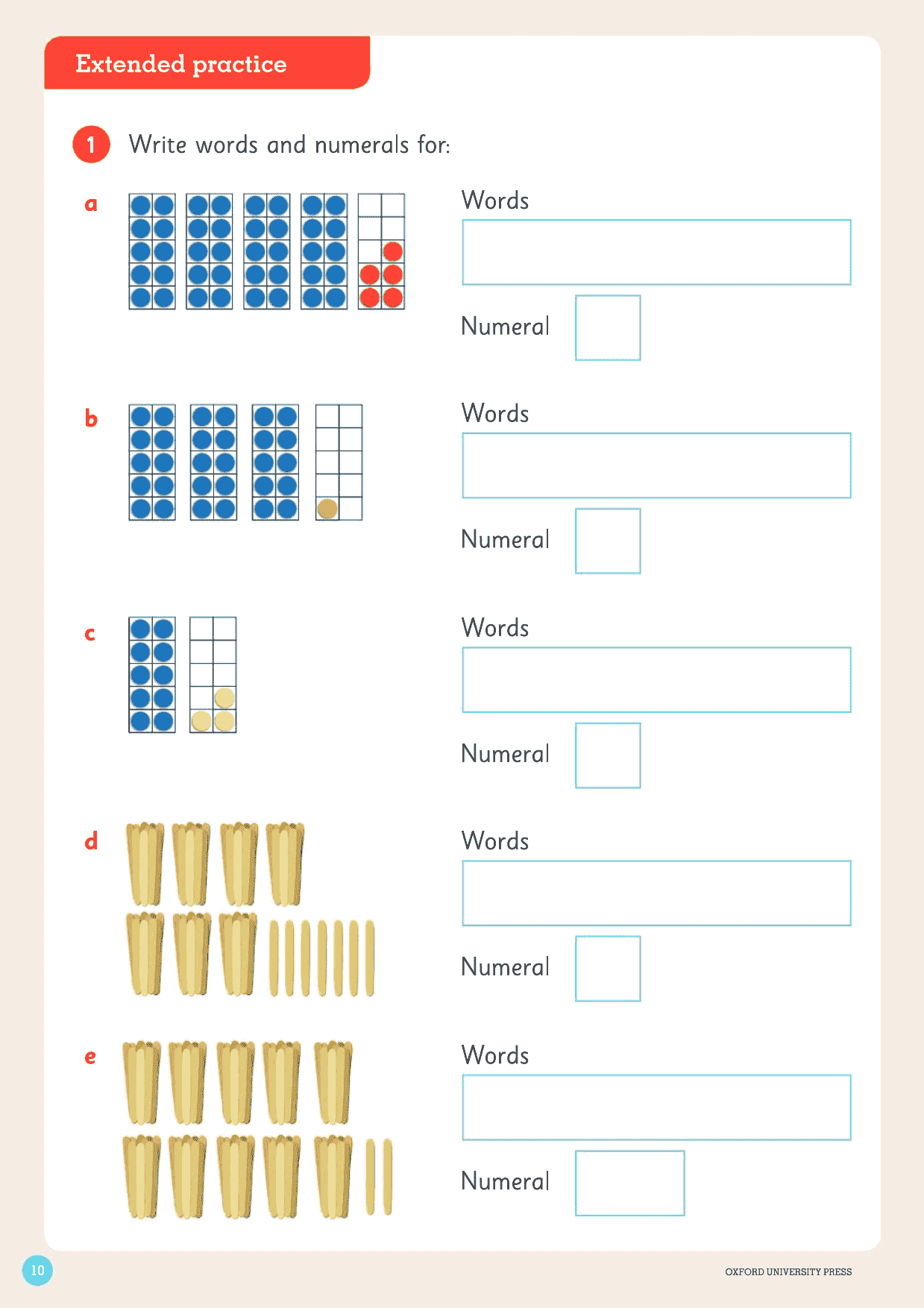



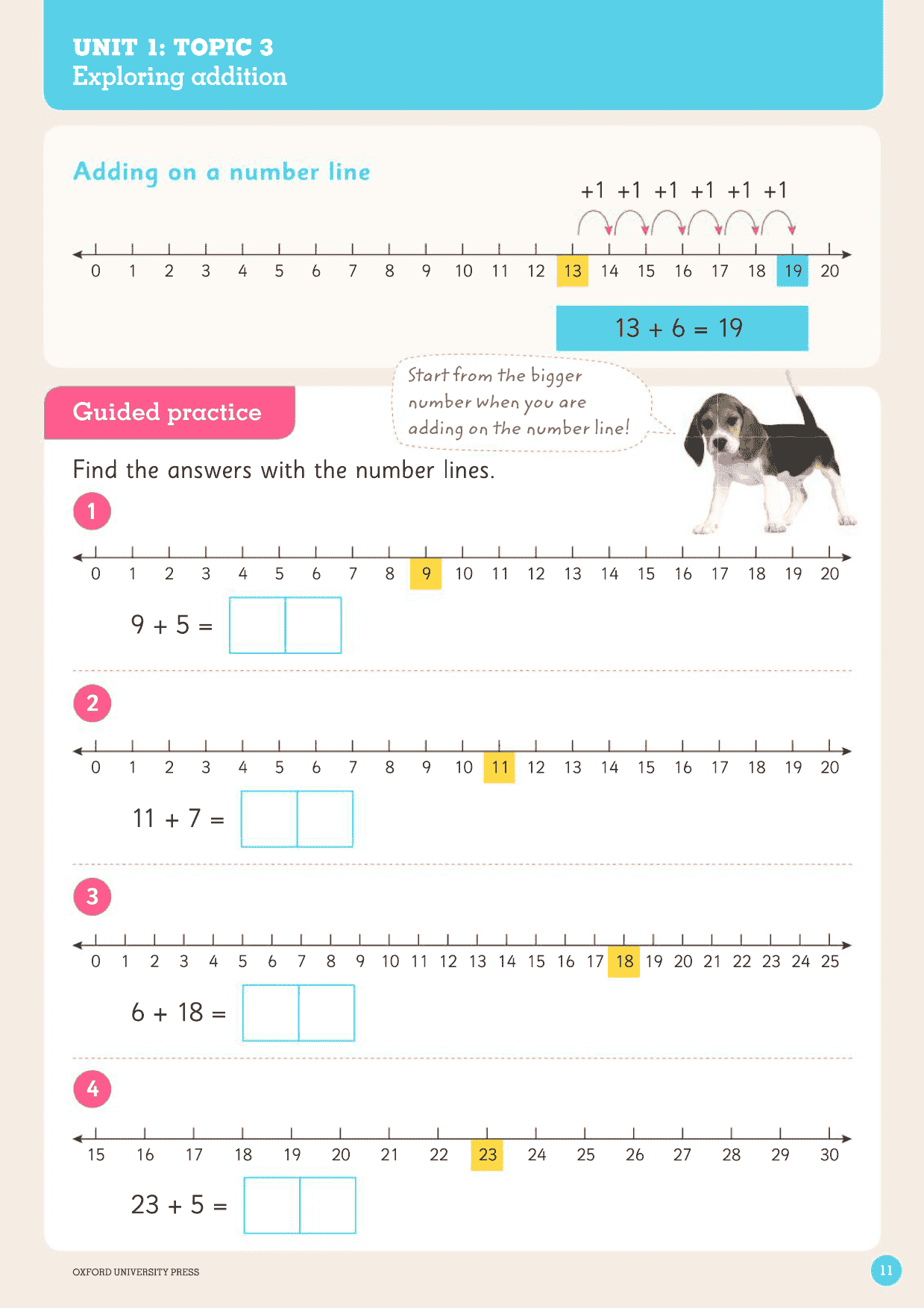
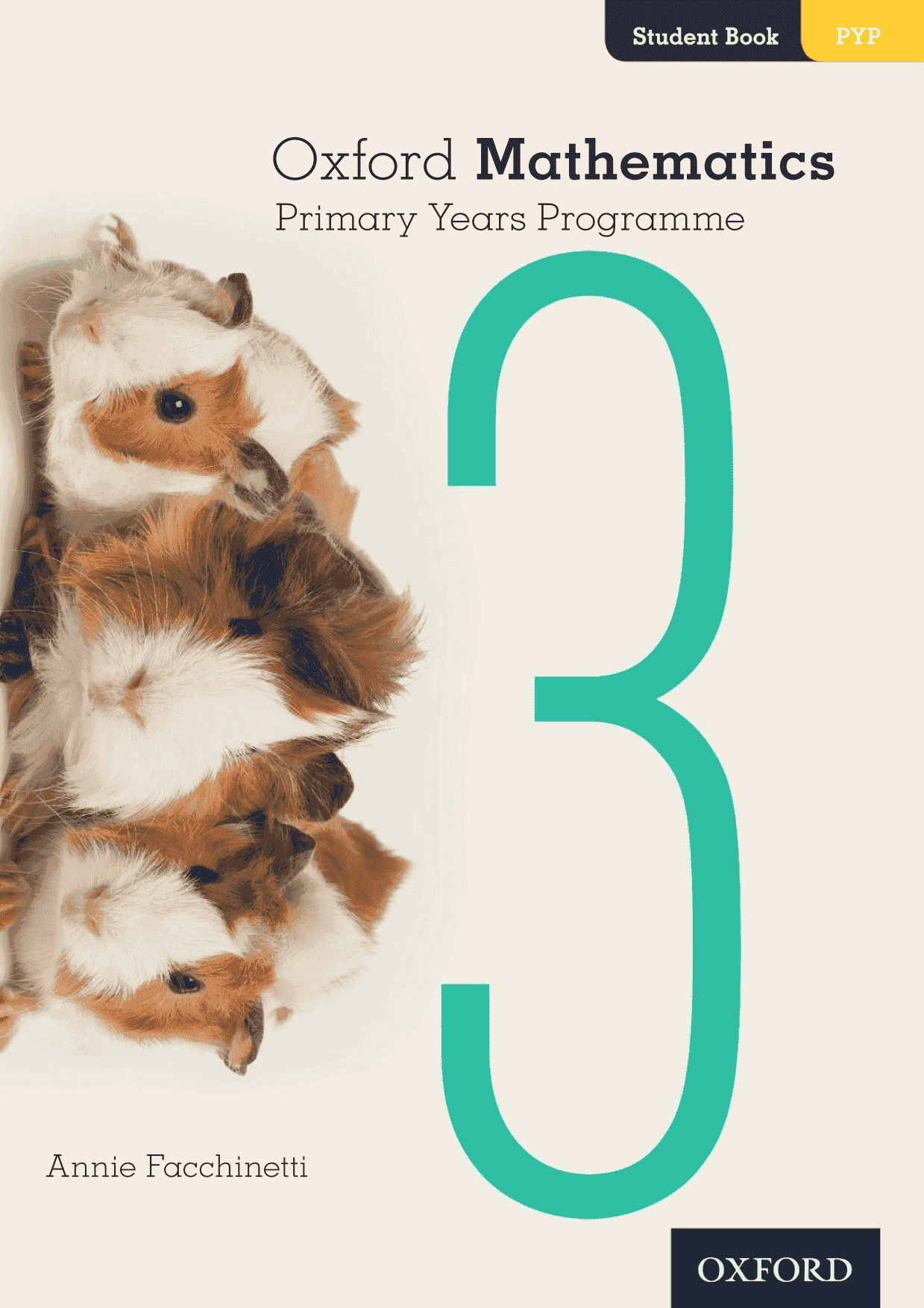

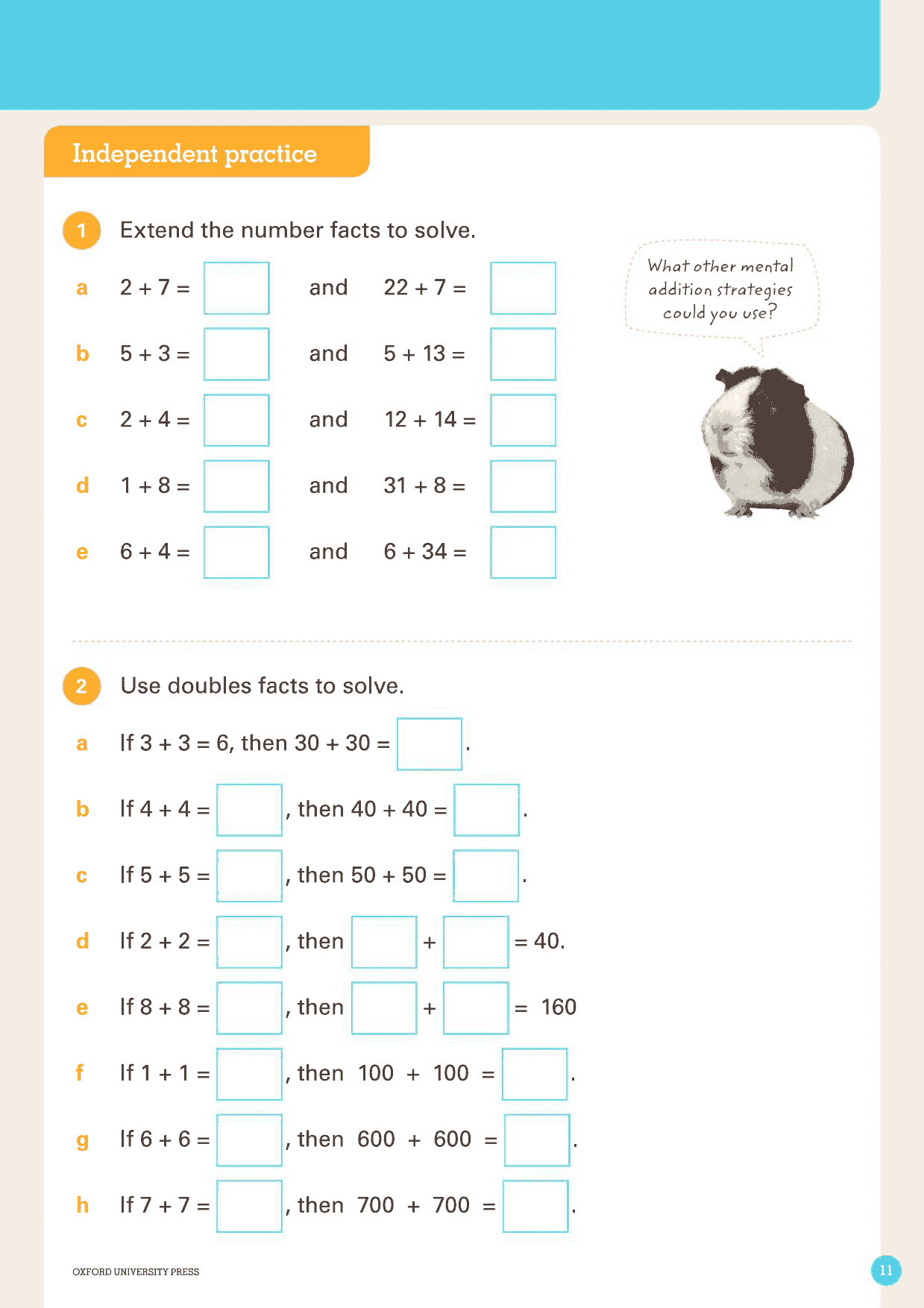
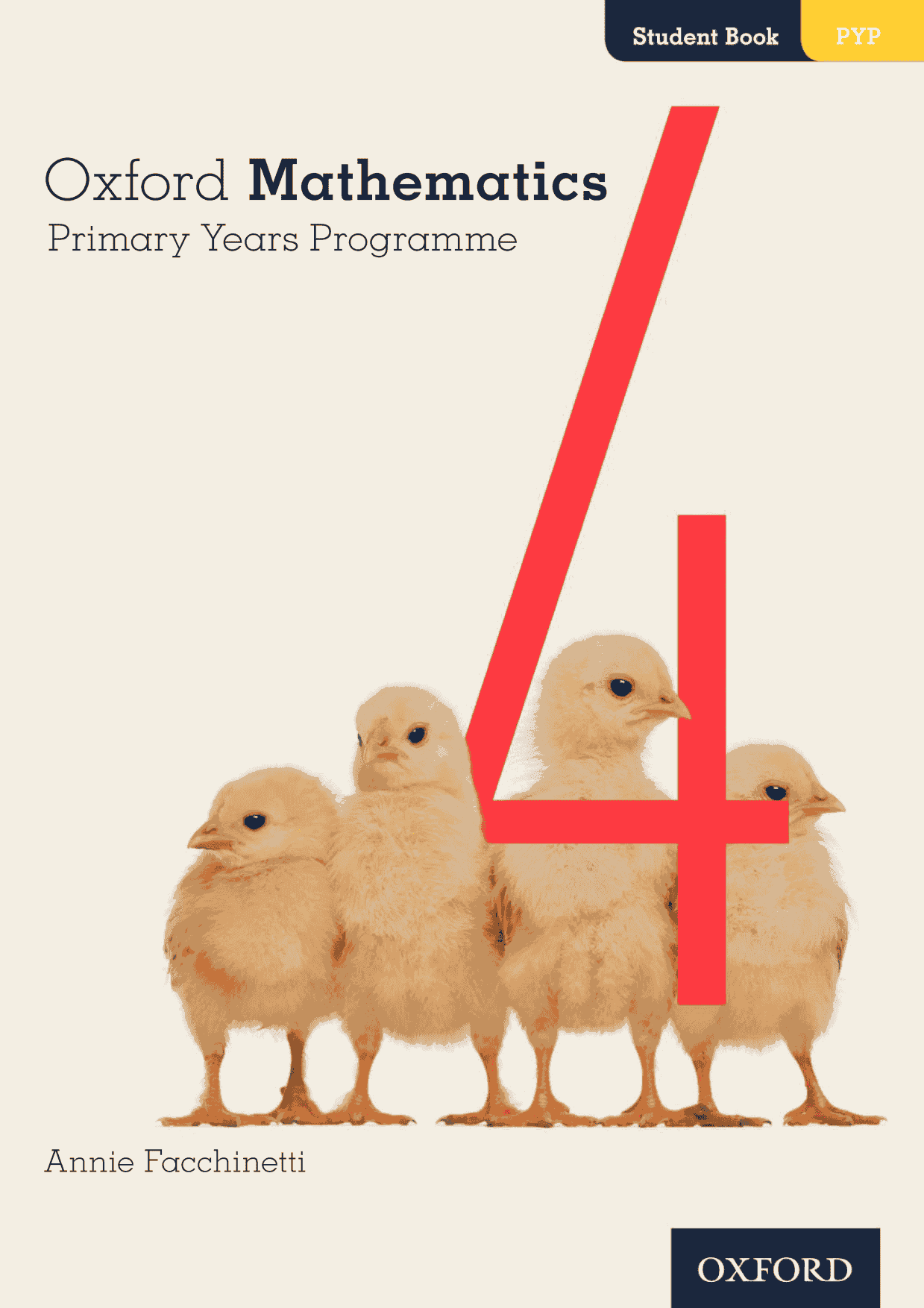
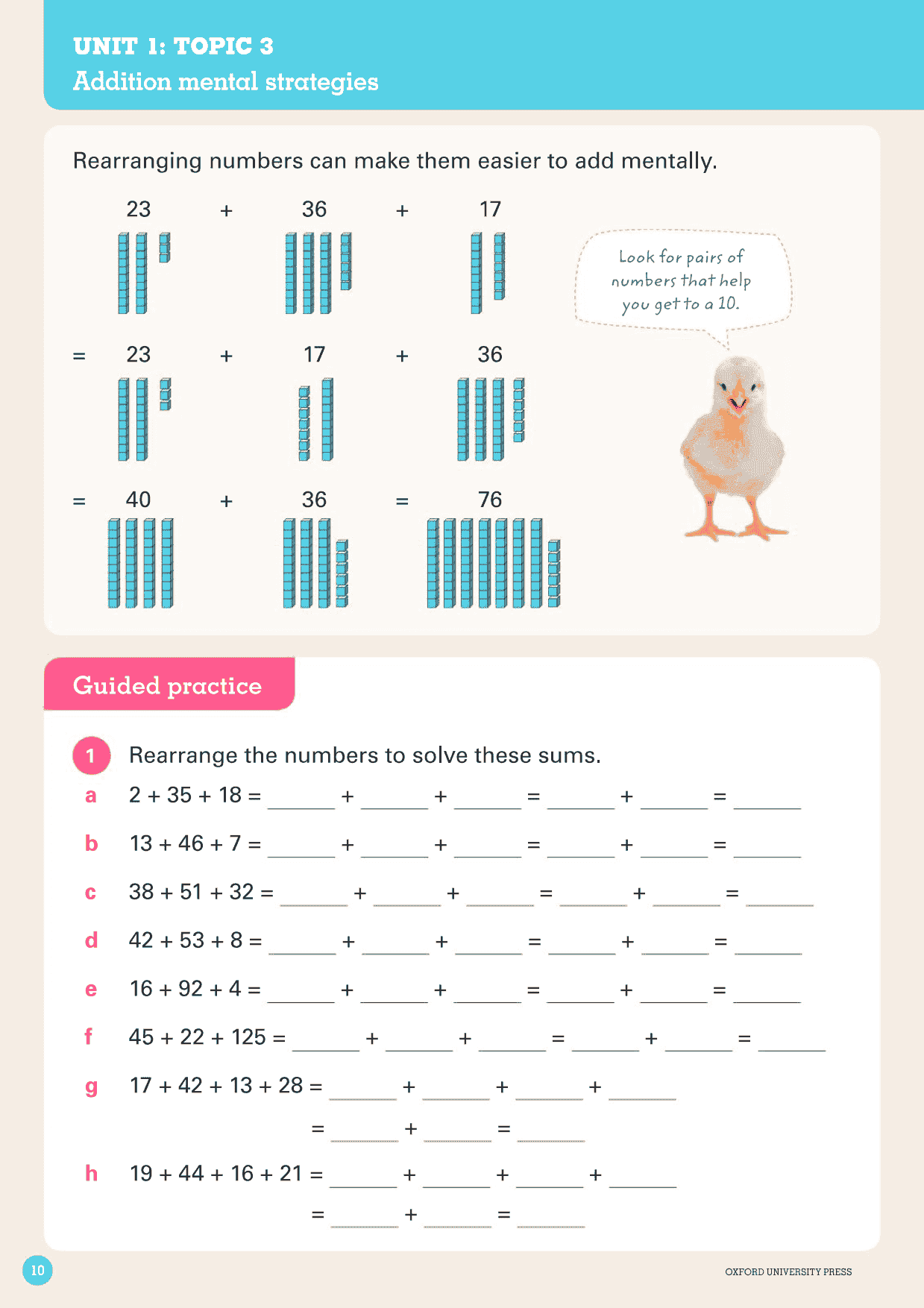
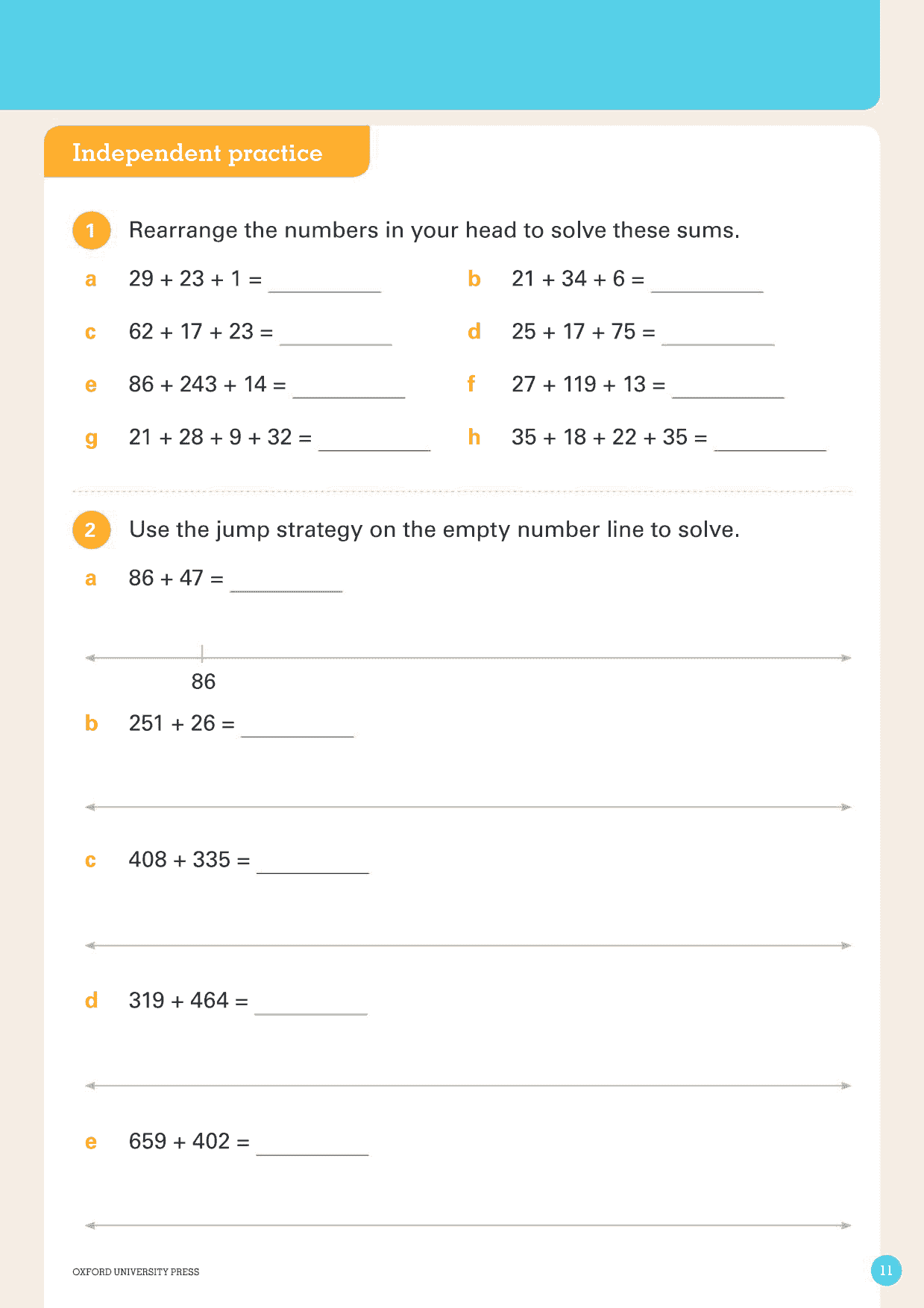
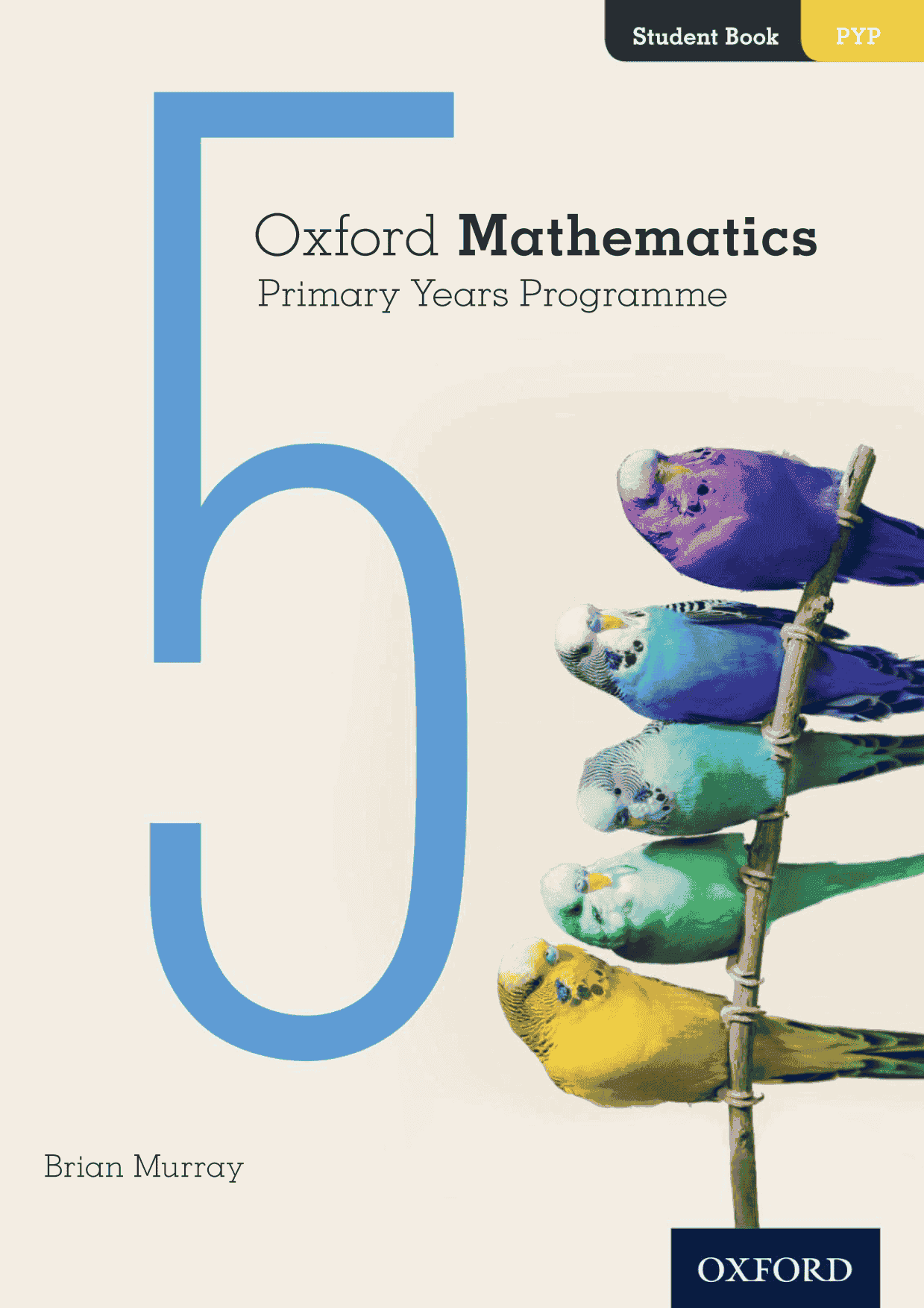
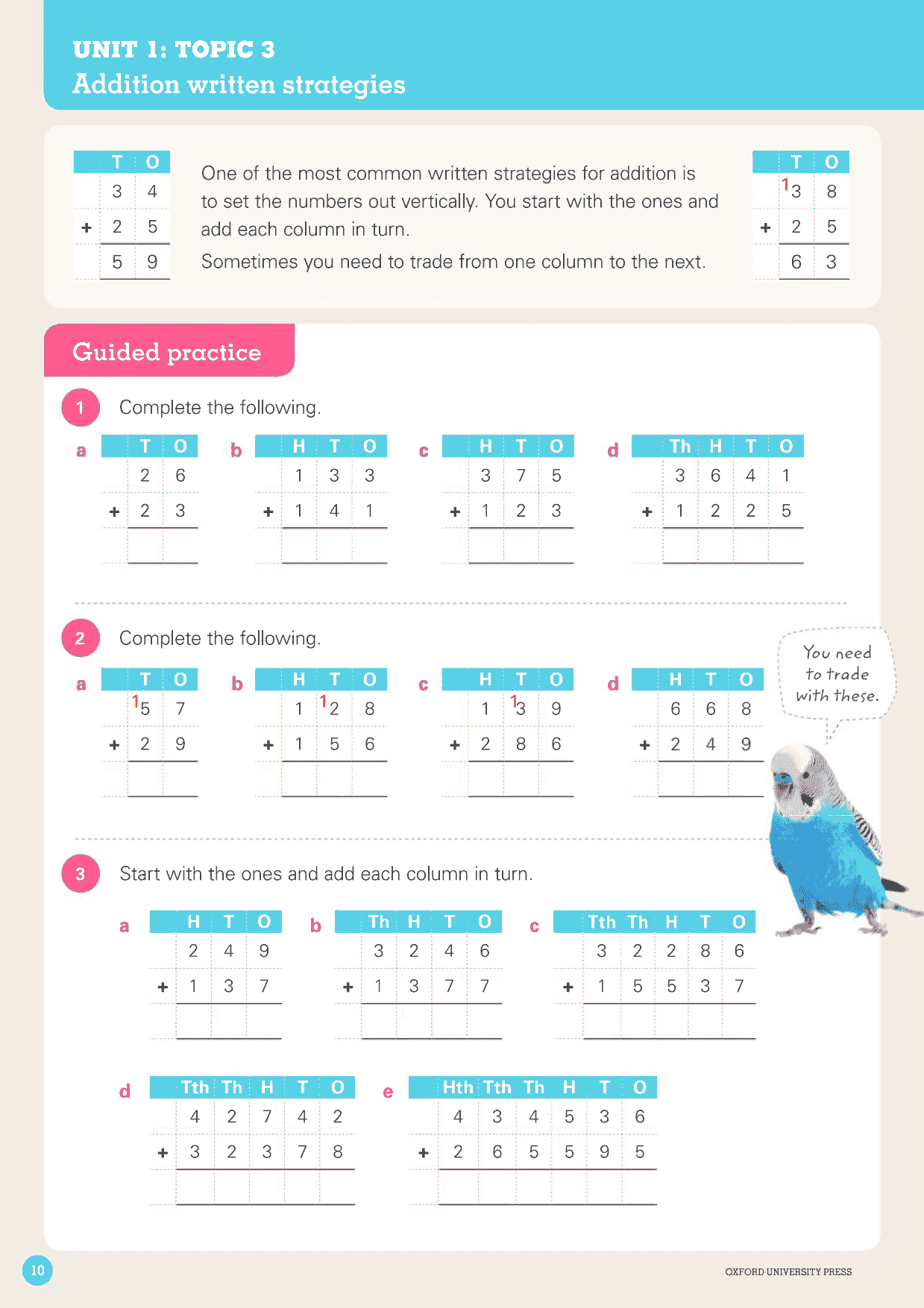
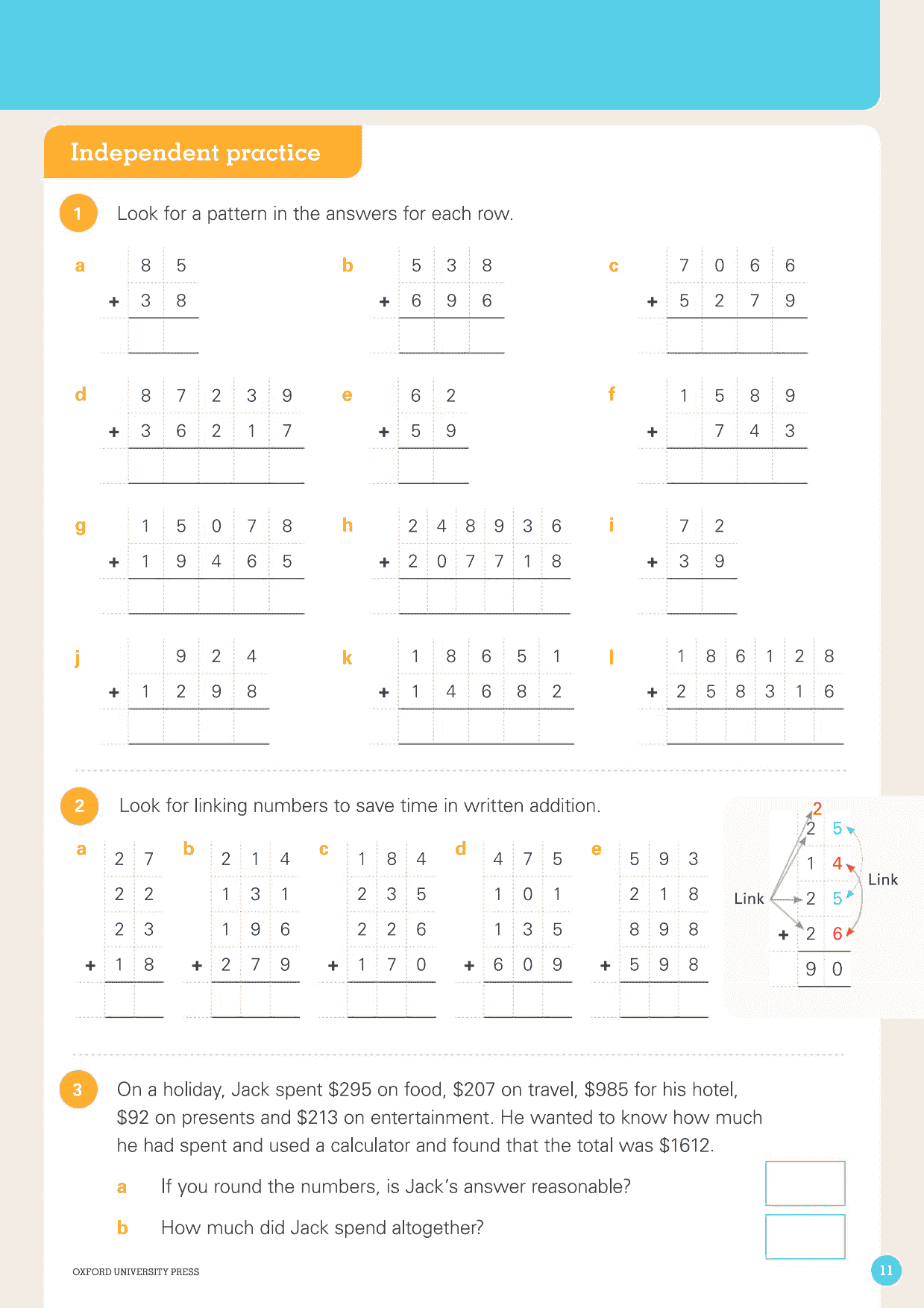
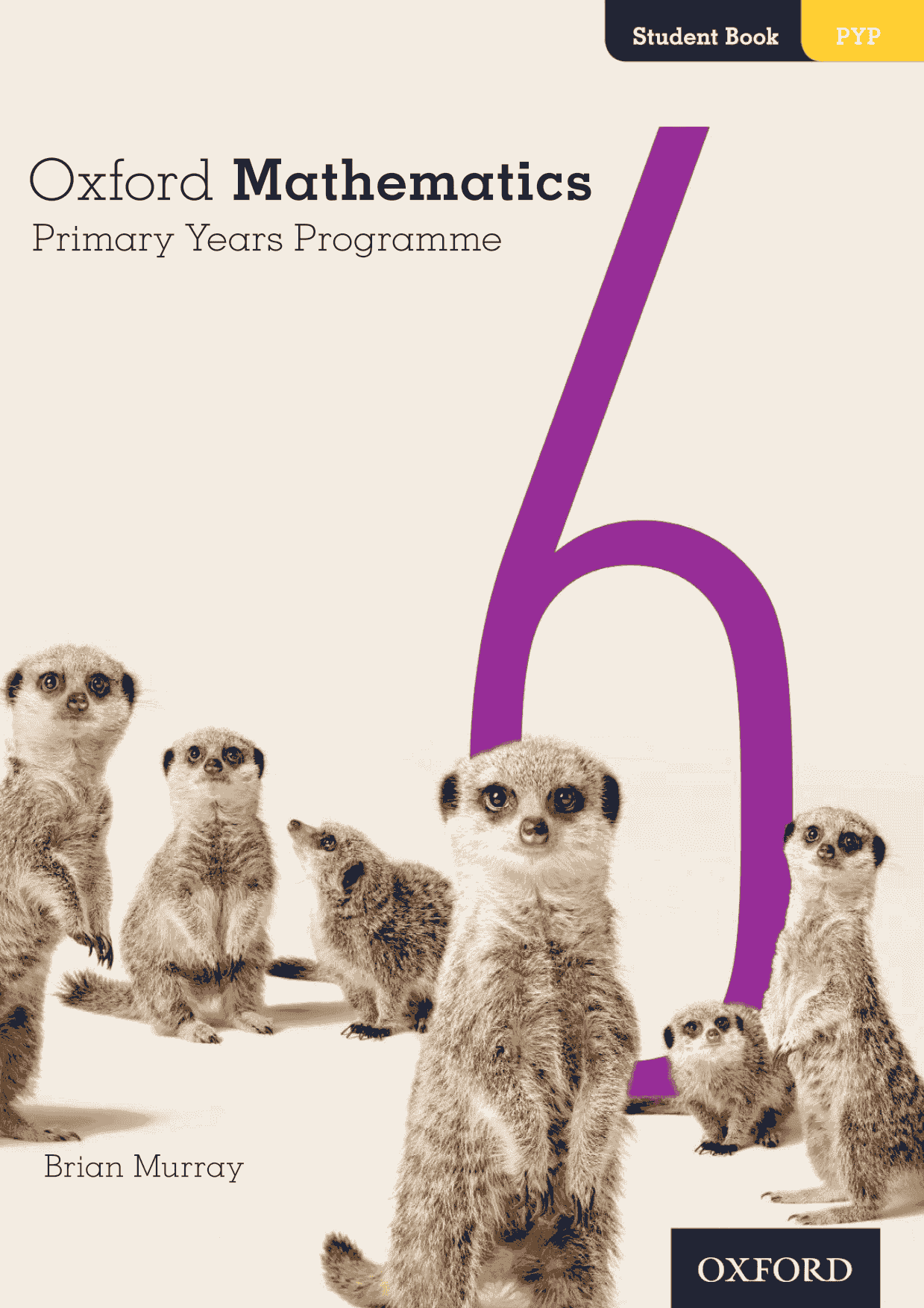
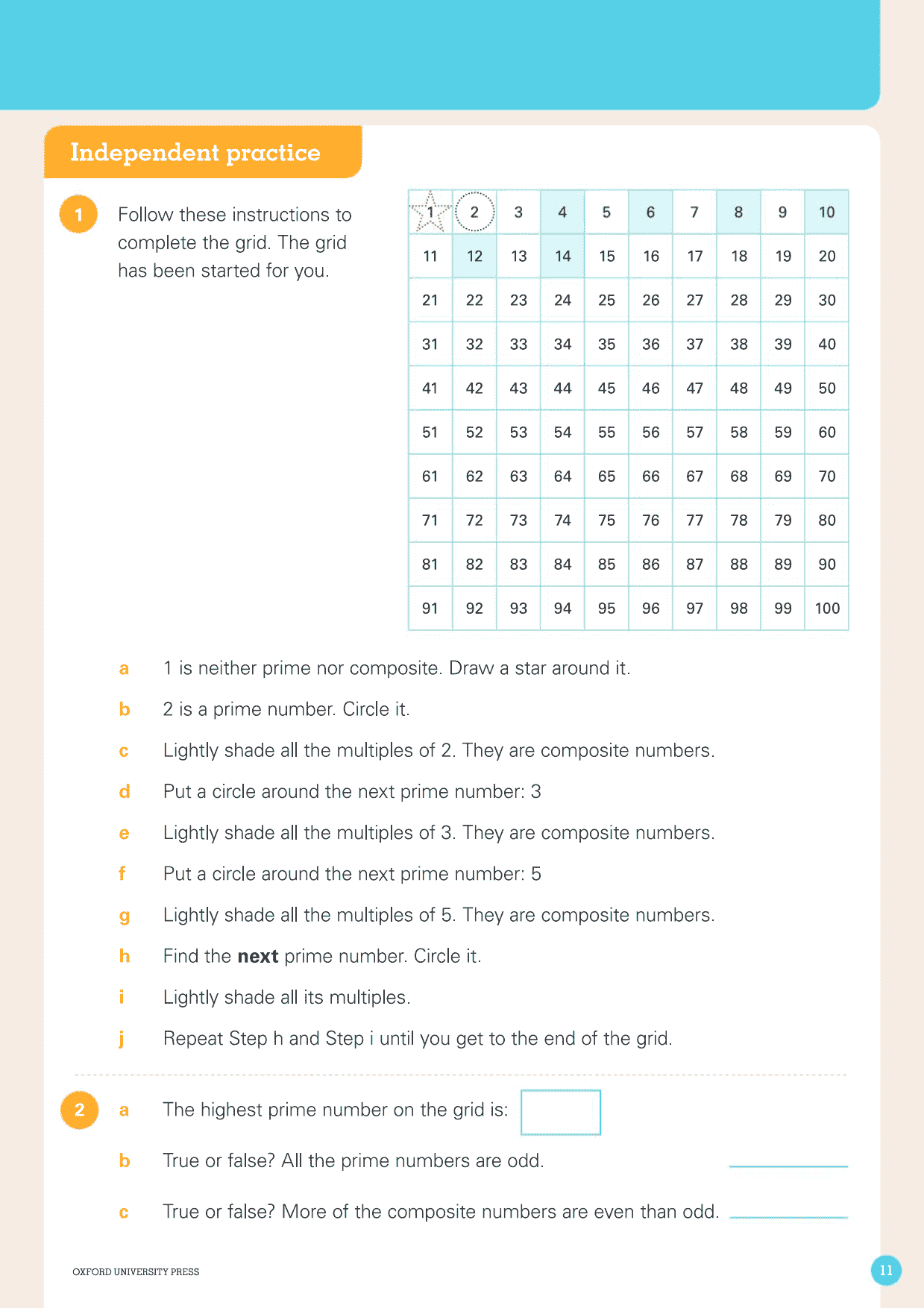
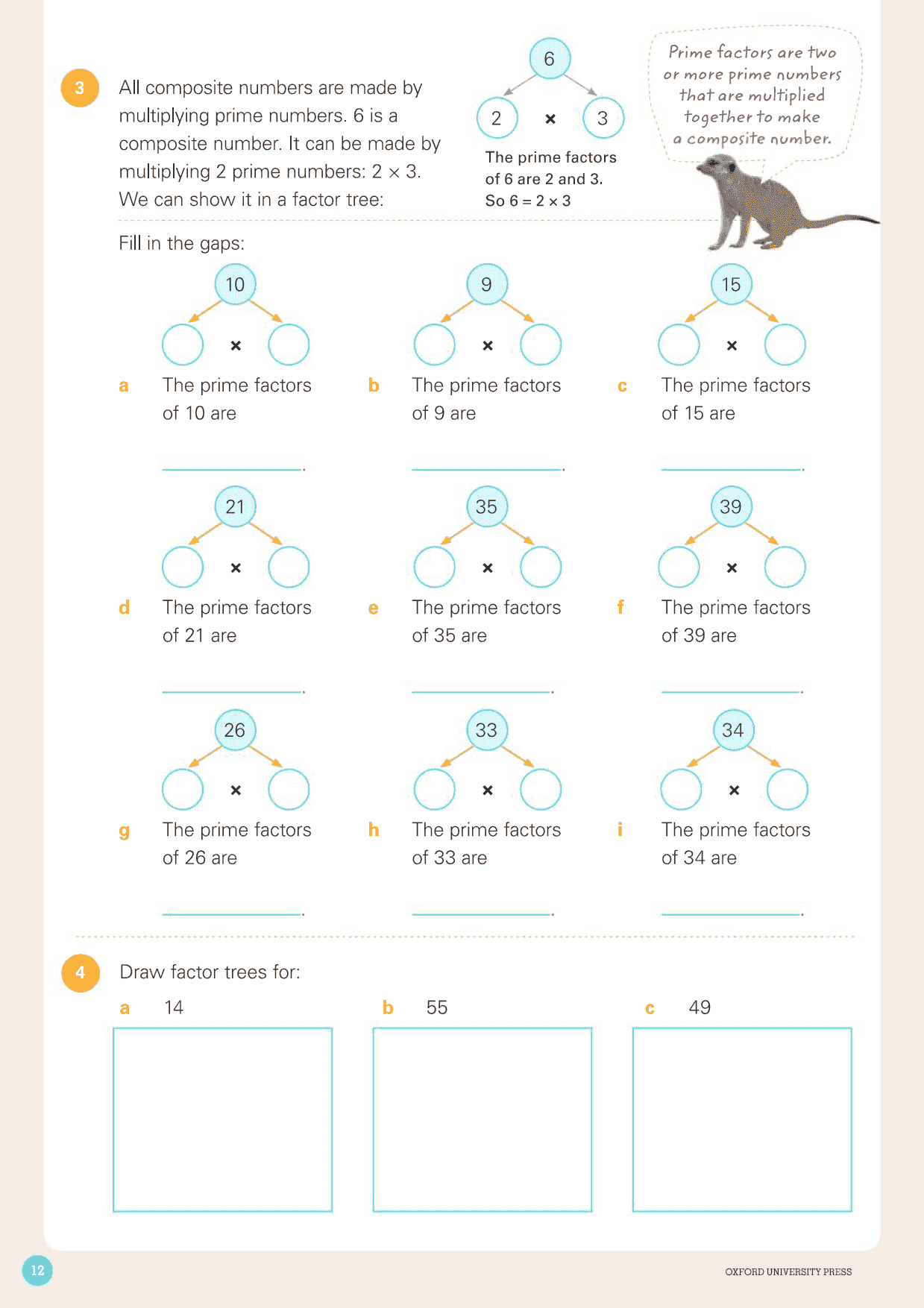
评论(0)